Bowling How To's & Buyers Guides, Bowling Tips & Coaching Articles, Entry Level Bowling Tips
How to Choose Your First Bowling Ball: A Comprehensive Guide for Beginners

Importance of Coverstocks
If you’re new to bowling or planning to buy your first bowling ball, understanding the importance of the coverstock is crucial. The coverstock, made of poly-urethane material wrapped around the core, determines the potential length rating of the ball. It plays a significant role in the decision-making process.
As your ball glides down the lane, it encounters the conditioned surface and passes through both the sliding area (front end) and the hooking area (mid-lane). It then rolls towards the pins at the back end of the lane.
Once the ball leaves the oiled portion of the lane, approximately two-thirds of the lane’s total distance, it transitions to the dry back end. Different coverstocks are designed to handle varying levels of lane oil, from heavy oil on freshly conditioned lanes to medium or light oil conditions.
Understanding this will help you choose the right coverstock, ensuring optimal performance based on the lane conditions you encounter.
Urethane/Plastic Bowling Balls
To achieve optimal performance on oily lanes, bowlers should opt for reactive coverstocks, as non-reactive options like plastic or regular urethane lack the necessary traction. The reduced surface friction of non-reactive bowling balls allows for greater control and less hooking motion. Additionally, non-reactive coverstock equipment is a cost-effective choice for those aiming for control rather than a strong hook, especially on dry lanes or when shooting spares.
When faced with the decision of choosing a bowling ball, prioritize coverstock selection. Think of the coverstock as the gripping power of new tires on a highway, as it is the part of the ball that directly contacts the lane surface during play.
Remember, seeking guidance from a professional at your local pro shop can help you make an informed decision on the type of bowling ball coverstock that best suits your needs.
Reactive Resin Bowling Balls
Solid reactive coverstocks are specifically formulated to react in heavy to medium heavy oil conditions. These coverstocks are designed to maintain the desired break-point down the lane without skidding too far. Their aggressive nature makes them an excellent match for the low friction factor caused by a heavy amount of oil on the front end of the lane surface.
In contrast, pearl reactive coverstocks offer a different performance. They don’t grip the lane surface as quickly as solid coverstocks do. This makes them ideal for dry or medium dry lane conditions, as the smooth surface provides increased length and skid potential.
It’s important to note that the market offers coverstocks with varying degrees of aggression. Some solid coverstocks have a factory finish with a high gloss surface, while others feature a dull and highly textured surface for enhanced traction.
Pearl reactive coverstocks glide more easily on the front end of the lane compared to solid reactive coverstocks. However, they gain traction on the dry back end portions of the lane, resulting in a decisive hook motion. This is particularly beneficial for bowlers who employ a delivery style that includes hooking the ball.
Entry level bowlers looking for a bowling ball should discuss their needs with a pro shop operator or a certified bowling instructor before making a purchase. The goal is to match the coverstock to the lane conditions where entry level players bowl most often. Your pro shop professional can also share useful information about ball surface strategies. Together, you can establish a scheduled maintenance procedure and keep your equipment ready to go.










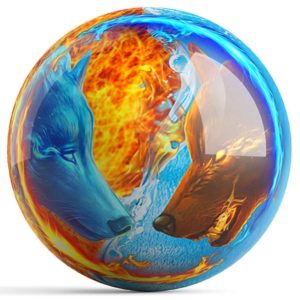


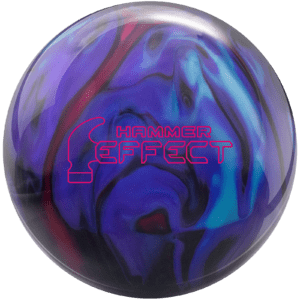







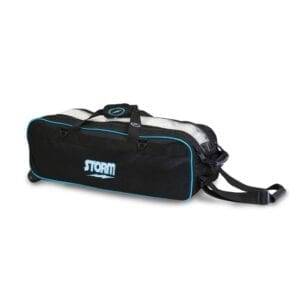
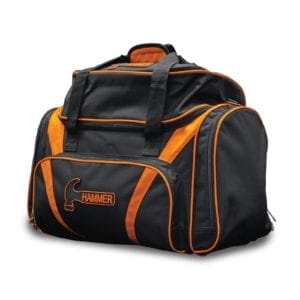

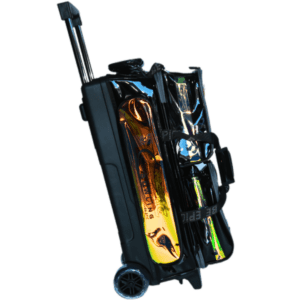














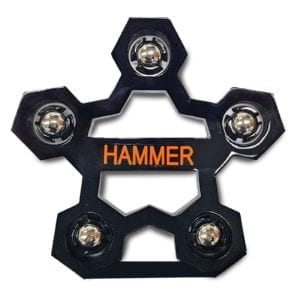


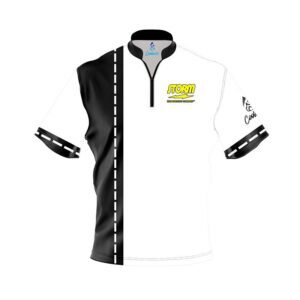












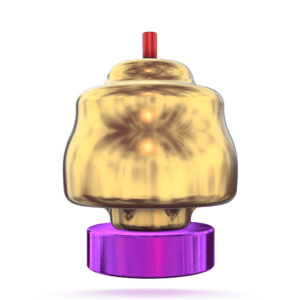





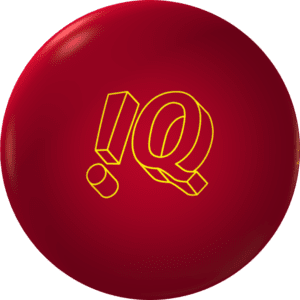


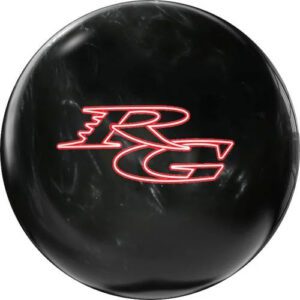

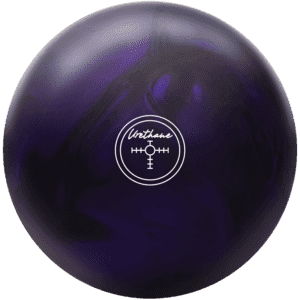

















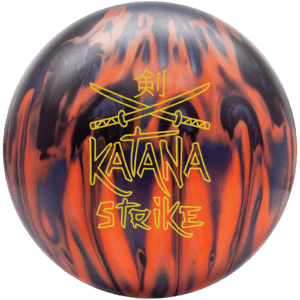












Just started bowling i was looking for a bowling great for hooking and great overall
Need a bowling. Ball That will hook down lane and give me good pins action. Hit my mark all the time
I have always used hammer bowling balls.. started out with a Hammer Burgundy and Hammer No Mercy(now retired). both are great.. but I recently purchased a hammer black widow 3.0 and opted with a pin up setup.. pin up will allow the ball to travel farther down the lane with reaction on the backend.. and this ball still keeps its power on the back end… I recommend it 100%